I recently did a little speaking gig to an audience of relatively new writers. And they asked, as most do, what books I used to teach myself about writing.
Well, I had to be honest. I didn't teach myself about writing. I took course, spoke to writers, went to conferences, and read in my genre until my eyes bled. But they seemed to want actual books titles, so I looked at my shelves and these were the ones that I didn't find there, because they were on the floor by my writing chair, or by my bed, or in my purse.
So Top Five books I reach for when I'm stuck, when something isn't working and I need to go back to basics:
1). The Writers Journey: Mythic Structure for Writers, 3rd Edition by
This is my go to when I'm having a problem in a certain section in my book. If my Ordeal is not ordealy enough or my Ordinary world is just not working. I'll re-read the section I'm trying to work through to remind myself of what I'm going for.
2) Writing Screenplays That Sell by Michael Hauge Honestly, this one is on my shelf because once I learned the golden nougat about finding the authenticity in your characters journey, I was sold. It changed my game entirely.
Hauge and Vogler also have a duo comedy act where they both share their story structures and how they can work together.
GENIUS!

3). The Emotion Thesaurus: A Writer's Guide to Character Expression by Becca Puglisi & Angela Ackerman. This one is just what is sounds like, a thesaurus. This duo has loads of them. And its just different ways to describe everything. I'll usually comb through this when I'm building a characters voice to find neat words that are different from what I would say.
4) 20 Master Plots and How to Build Them by Ronald TobiasThis is by no means means that there are only 20 master plots, but when you are dealing with one external plot, an internal arc and potentially 2 subplots, having this guy handy to tell you where your twist should be and make sure that you actually KNOW the story you are telling has become a story saver. Specifically for my subplots!
 5). Netflix. I know it isn't a book, but the vast amount of storytelling that I can sample form all over the world now is AMAZING! I can see how they are doing it, see how others are twisting and turning and I'm not limited to what I can get on TV any more. Korean Horror. Swedish Paranormals. Comic books adaptations. Sometimes this is all I need to knock the ideas loose.
5). Netflix. I know it isn't a book, but the vast amount of storytelling that I can sample form all over the world now is AMAZING! I can see how they are doing it, see how others are twisting and turning and I'm not limited to what I can get on TV any more. Korean Horror. Swedish Paranormals. Comic books adaptations. Sometimes this is all I need to knock the ideas loose. 
If you have a Top Five list you'd like me to cultivate, please let me know in the comments below or at @pantherista.
In the meantime, give yourself a high five!
Amanda Arista
Instructor, The Writer's Path at SMU


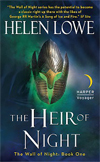
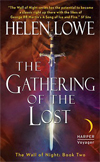
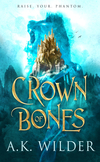
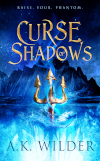
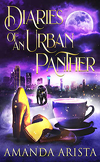
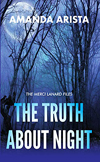

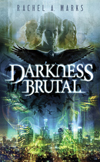
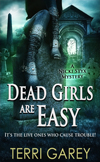
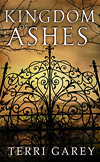
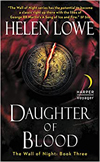
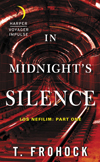

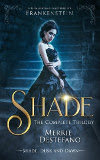

2 comments:
Such a great article. Thanks for the post.
I would add Ursula Le Guin's "Steering The Craft" as well. It's fabulous. :)
Post a Comment